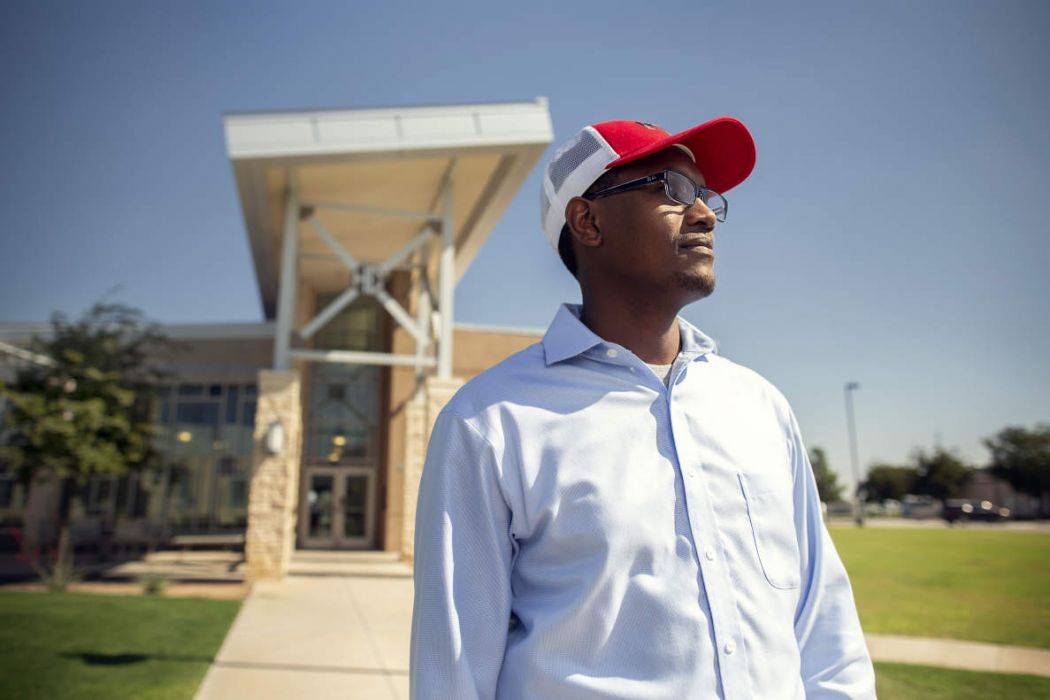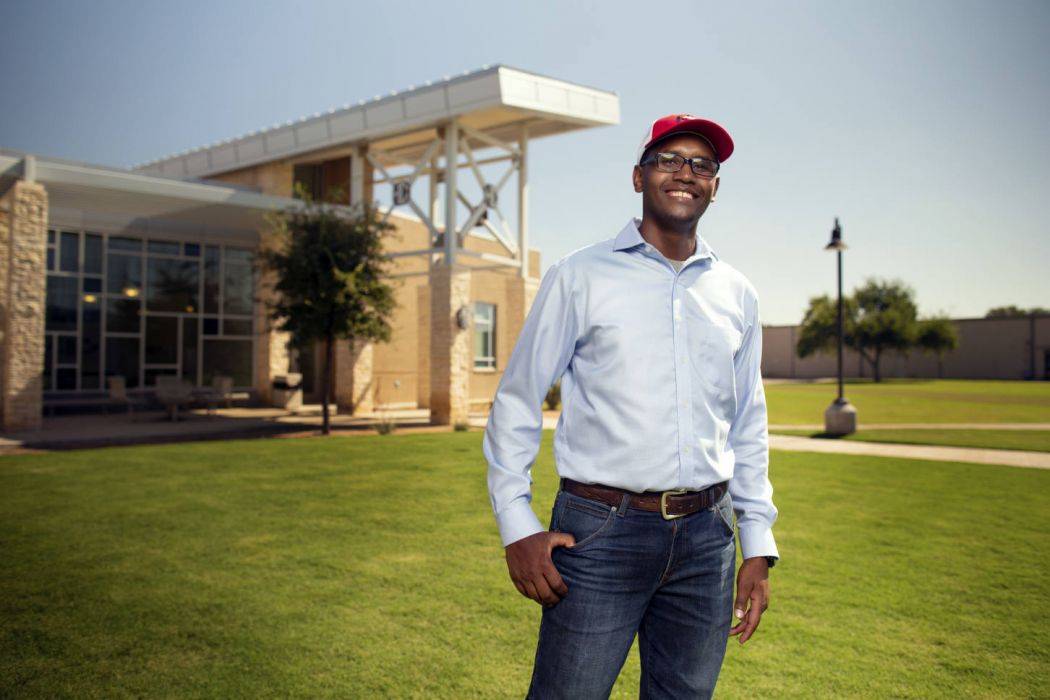A New Home
Damascene Uwitije’s life and legacy are far from a fairytale, his story is a testimony to the resilience of the human spirit and the power of perseverance, as well as a remarkable reminder of the unsuspecting stories people carry.
By Erin Whitford
Photography Brandon Whitford

He said, “Nevertheless, I have gained the knowledge and experiences that are priceless and drove me to make difference in my life.” Met with struggles and opposition that would render most hopeless, Damascene chose gratitude and clung to the knowledge offered. He explained, “I have waited twenty-two years to perceive the importance of [my teachers’] work until I started college this year and the wisdom that I have learned . . . under the tree is the key to succeed today. . . I wouldn’t achieve anything without their help.”
In 2011, Damascene, and his family shortly thereafter, relocated to the United States. He describes his move to the US as a “completion of the greatest bridge of my life from hell to heaven.” He admits the cultural adjustment was challenging, but he could not help but think about other refugees who, for example, knew no English at all when they arrived in the US. He has given of his time and resources to ensure others can successfully transition to life in America as well.

More from Create . . .

The Pit BBQ - A DIFFERENT STYLE OF BBQ
San Angelo's Pit Masters: When Jesse Sanchez and D.J. Ridenour, best friends for years and owners of The Pit BBQ, first discussed the possibility of opening up their own restaurant, they had no idea just how popular it would become in such a short time.
Read More
On This Farm He Has Art
The whiz of harried traffic on Martin Luther King Boulevard belies the quiet, funky commune tucked behind pencil-shaped fence pickets. The morning sun bathes the property in a rosy glow. Birds chirp, wind chimes tinkle gently in the breeze and artists – as a sign near the entrance reads – are already at play.
Read More
Thinking Big from Love St.
Longtime San Angelo artists have called Taylor a visionary for his efforts in revitalizing Historic City Center, a swath that encompasses the Downtown business district and the side of the Concho River near SAMFA, where San Angelo (then known as Santa Angela) was established in the 1860s.
Read More